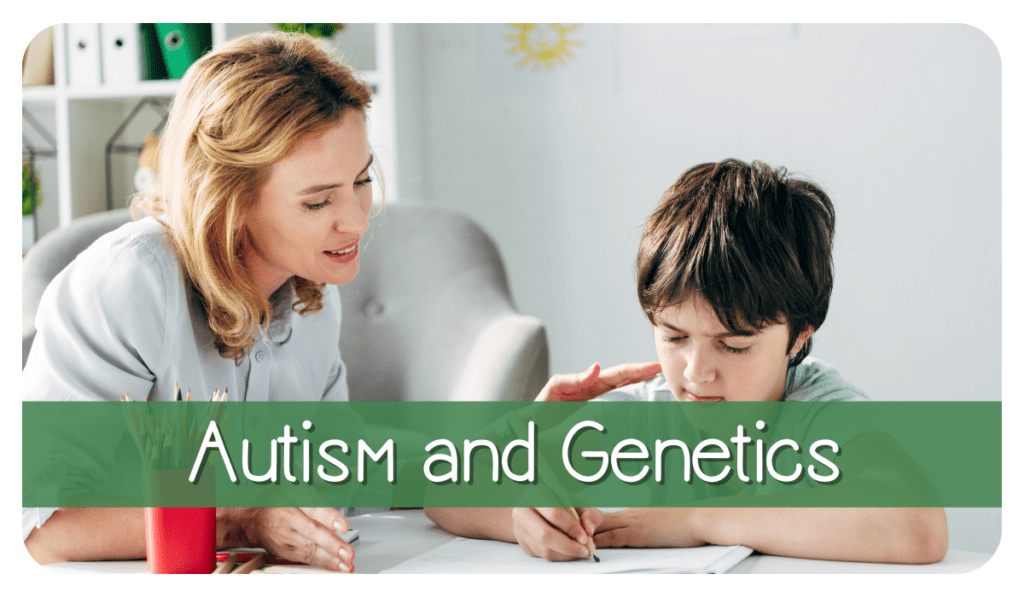The relationship between genetics and autism is interesting, but it isn’t exactly crystal clear as for an identifiable pattern. Currently, scientists know there is a strong relationship between autism and genes, but the exact level of involvement genes have is fairly unknown, and several different types of anomalies can occur with autism; such as two identical twins having a very high probability of both being diagnosed, and fraternal twins have a minimal to non-existent chance of inheriting this mysterious gene, even if it’s particularly strong in that particular family tree. Clearly there are either many different undiscovered elements of genetics, or there are a few other factors that we don’t consider.
Genetically speaking, autism is actually more common than you may realize. About every 1 in 166 people have autism, which may not sound like a lot, but once applied to the population of any given area, then it begins to look like a different story. If autism was entirely genetic or even heavily reliant on genes themselves, the probability that someone would have autism if their parent was a carrier would be something more like 25% to 50%, since normal Mendelian genetics work that way, with binary genes that have two alleles from each parent. (Essentially meaning you get two aspects of one gene from both of your parents.) However, the risk for a child who is a sibling to another child with autism to also inherit this mysterious gene is only about 2-6%, (Not to mention if you have a third child in this hypothetical family their chance skyrockets to near 35%) so what exactly is with the giant discrepancy?
Well, it might sound strange, but it doesn’t exactly matter who is carrying the genes in the family, or even how many people carry it, because it’s the family tree itself that seems to be the issue. DNA changes from generation to generation, and can slowly be altered, so specific anomalies can randomly occur or even pre-existing autistic tendencies to disappear, which is what makes it so volatile.
Scientists haven’t pinpointed anything specific yet, but it may simply be because they won’t be able, since it’s more of a roll of a dice than anything. A study (more on that here) was done where it was seen that 10% of kids are autistic were missing 10% of their genes from their parents, meaning the randomly occurring genes can definitely play a roll into how everything is organized and regulated. One way scientists have been able to visually represent DNA is with CGH arrays, which is basically a sheet filled with different colored lights that represent variations in DNA and genes. This little tool helps them pinpoint specific differences in different genetic disorders, including autism, however, a large component of it may turn out to simply be luck. So, in the meantime, we have to unfortunately assume that this aspect is random, until scientists will be able to predict what patterns and variations can occur.
Be sure to check out our Yogalore products!






One Response